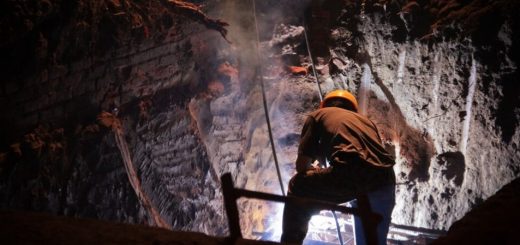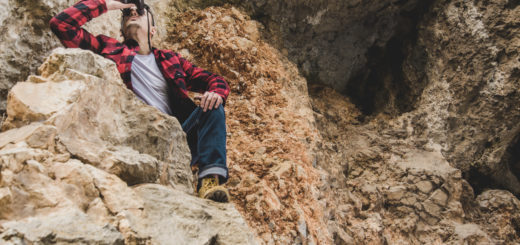Safety Techniques in Caving: Exploring the Depths Responsibly
Caving, also known as spelunking, offers an exhilarating opportunity to explore the hidden world beneath the Earth’s surface. However, due to the unique challenges and inherent risks associated with underground environments, safety is paramount for anyone venturing into caves. In this article, we will discuss essential safety techniques and practices that cavers must adhere to in order to ensure a secure and enjoyable experience.

Proper Training and Education
Before embarking on any caving adventure, it is crucial to receive proper training and education in spelunking techniques and safety measures. Novice cavers should seek guidance from experienced individuals or consider enrolling in spelunking courses offered by reputable organizations. Understanding cave geology, navigation, and rescue procedures is essential for minimizing risks.
Essential Equipment
Cavers must equip themselves with the necessary gear to ensure their safety and mobility in underground environments. Here are some essential items:
- Helmet with Headlamp: A durable helmet with a reliable headlamp is essential to provide adequate illumination in the dark cave passages and to protect the head from potential falls.
- Harness and Safety Rope: A climbing harness and a safety rope are crucial for navigating vertical sections of caves. Properly trained cavers use these to rappel or ascend safely.
- Communication Devices: Cavers should carry communication devices like two-way radios or smartphones with cave mapping apps to stay in contact with their team.
- First Aid Kit: A well-equipped first aid kit is essential for addressing minor injuries that may occur during cave exploration.
Teamwork and Communication
Caving is often a team activity, and effective communication is key to a safe and successful expedition. Cavers should establish clear communication protocols, including signals for assistance and emergencies. Staying in close contact with fellow team members ensures that everyone is aware of their location and well-being.
Caves can be complex and disorienting, making navigation a critical skill. Cavers should use detailed cave maps, compasses, and GPS devices to maintain their bearings and avoid getting lost. Knowing how to backtrack and retrace one’s steps is invaluable in cave exploration.
Conservation and Leave No Trace
Responsible cavers are committed to preserving the fragile underground ecosystems they encounter. They adhere to “Leave No Trace” principles, which include not disturbing cave formations, avoiding contact with wildlife, and packing out all trash and waste. Protecting caves and their inhabitants ensures that these unique environments remain pristine for future generations.
Emergency Preparedness
Cavers should be prepared for unexpected situations and emergencies. This includes carrying emergency supplies, such as spare batteries, food, and water. Additionally, having a plan for cave rescue and knowing how to administer first aid can be lifesaving in critical situations.
Check Weather Conditions
Before entering a cave, cavers should check weather conditions, as heavy rains can cause flooding in caves. Being aware of potential weather-related risks is essential for safety.
Conclusion
Caving is a thrilling adventure that allows individuals to explore the hidden wonders of the underground world. However, safety should always be the top priority. By receiving proper training, equipping themselves with the right gear, practicing responsible caving techniques, and staying prepared for emergencies, enthusiasts can enjoy their spelunking adventures while minimizing risks and preserving these unique environments for future generations. Remember, in the world of caving, safety is non-negotiable.


